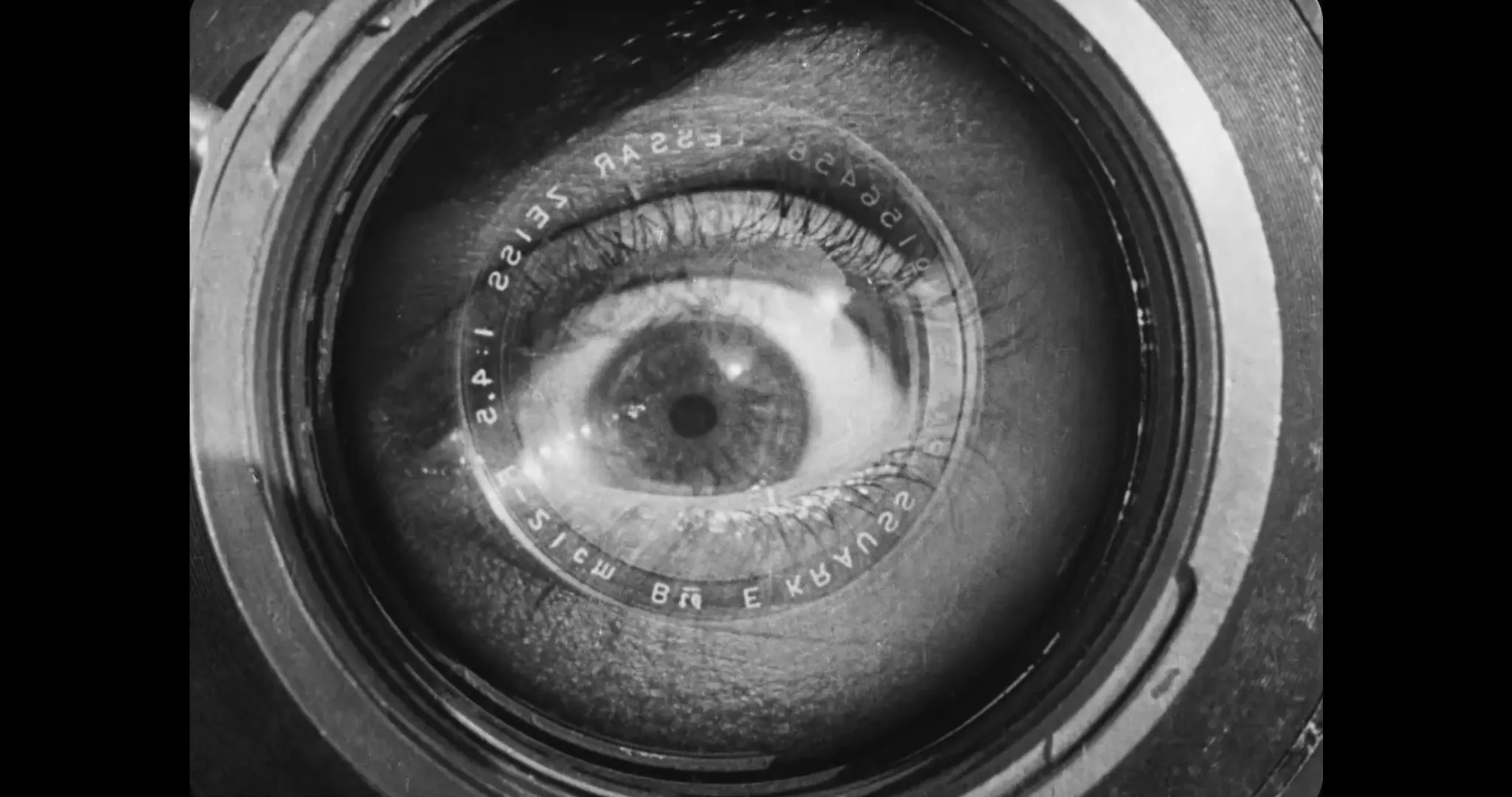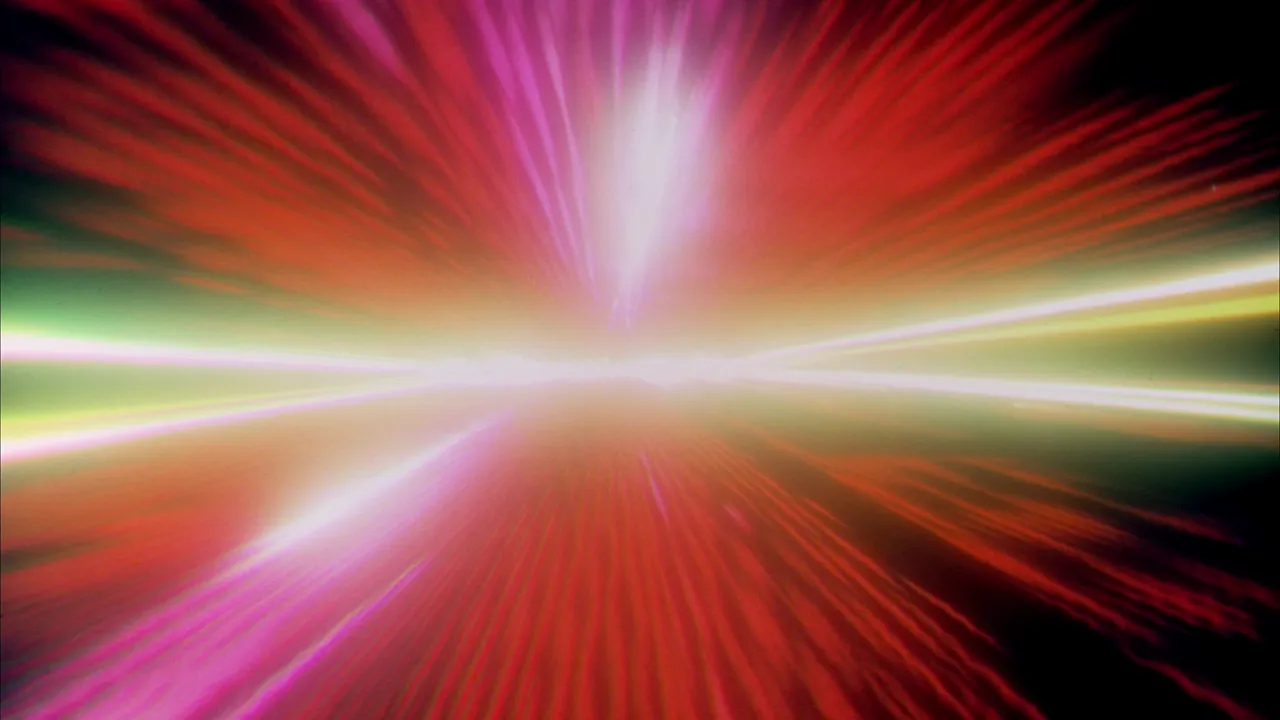Please update your browser
Your current browser version is outdated. We recommend updating to the latest version for an improved and secure browsing experience.

The All-Seeing Eye
Montage is not simply another word for the editing of cinematic shots. It encompasses a physical act (the cutting and sequencing of film material), a set of formal devices (such as parallel editing), and a concomitant shift in the perception and understanding of the spectator. The psychological dimension is both fundamental and inextricable.
Indeed, Hugo Münsterberg, one of the pioneer film theorists of the 1910s, was an applied psychologist. Born in Danzig (Gdańsk), he emigrated to the United States and his major treatise The Photoplay: A Psychological Study was published in 1916, the same year D. W. Griffith completed Intolerance, the most ambitious experiment in adventurous film editing made up to that point. Münsterberg argued that cinema mirrors the operations of the human mind. As he saw it, films are deeply affecting because "the forms of the outer world, namely, space, time, and causality" are correlated with "the forms of the inner world, namely, attention, memory, imagination and emotion." [1]
At the end of the 1910s and throughout the 1920s, these ideas were developed in different directions by filmmakers working in the newly formed Soviet Union.


“[Lev] Kuleshov and I made an interesting experiment. We took from some film or other several close-ups of the well-known Russian actor Ivan Mozzhukhin. We chose close-ups which were static and which did not express any feeling at all quiet close-ups. We joined these close-ups, which were all similar, with other bits of film In three different combinations. In the first combination, the close-up of Mozzhukhin was immediately followed by a shot of a plate of soup standing on a table. It was obvious and certain that Mozzhukhin was looking at this soup. In the second combination, the face of Mozzhukhin was joined to shots showing a coffin In which lay a dead woman. In the third, the close-up was followed by a shot of a little girl playing with a funny toy bear. When we showed the three combinations to an audience which had not been let into the secret, the result was terrific. The public raved about the acting of the artist. They pointed out the heavy pensiveness of his mood over the forgotten soup, were touched and moved by the deep sorrow with which he looked on the dead woman, and admired the light, happy smile with which he surveyed the girl at play. But we knew that in all three cases the face was exactly the same.
But the combination of various pieces in one or another order Is not sufficient. It is necessary to be able to control and manipulate the length of these pieces, because the combination of pieces of varying length Is effective in the same way as the combination of sounds of various length. In music, by creating the rhythm of the film and by means of their varying effect on the audience. Quick, short pieces rouse excitement, while long pieces have a soothing effect.
To be able to find the requisite order of shots or pieces, and the rhythm necessary for their combination, is the chief task of the director's art. This art we call montage, or constructive editing.”


The Art of Montage
The person most strongly associated with the development of early Soviet montage theory is Lev Kuleshov (1899-1970). Trained as a painter, Kuleshov performed a series of widely discussed film experiments in the period from 1918-1920, the most famous of which involved three different sequences using the same footage of the enigmatic face of pre-Revolutionary Russian star Ivan Mozzhukhin. As Vsevolod Pudovkin describes in the passage above, Kuleshov demonstrated that the understanding of any film image is dependent upon what precedes and follows. Further, as Münsterberg had suggested several years earlier, the attentive viewer will almost automatically try to relate seemingly disconnected imagery because of the correspondence between the world of the projected footage and the ordinary experiences of life.
Both this form of montage and the traditional continuity editing system depend upon recognizable visual cues, an axis of vision, and especially directed gazes. British director Alfred Hitchcock (1899-1980) first encountered Kuleshov's ideas and Soviet montage films at the London Film Society in the 1920s and he became one of the foremost practitioners of montage in the decades that followed. His film The Birds (1963, below) includes a short sequence in the manner of Kuleshov that highlights the degree to which the psychic effect of montage is predicated upon absence and ellipsis as much as visual depiction.
Dziga Vertov was a contemporary of Kuleshov, Pudovkin, and Sergei Eisenstein, but, like Esfir Shub, he advocated a form of montage oriented around the editing of spontaneously captured film material rather than fictional presentations. At the time Kuleshov was conducting his experiments, Vertov was reworking pre-existing found footage from newsreels into Revolutionary propaganda films. The ultimate expression of his Kino-eye approach was Man with a Movie Camera (1929), a cubistic exploration of the different aspects of filmmaking that unites the work of the eponymous cameraman (Vertov) with the editing work of his wife Elizaveta Svilova (left).
As the culminating sequence at the bottom makes clear, acts of filming, editing, and projection are fully realized only in the spectator's imagination.








